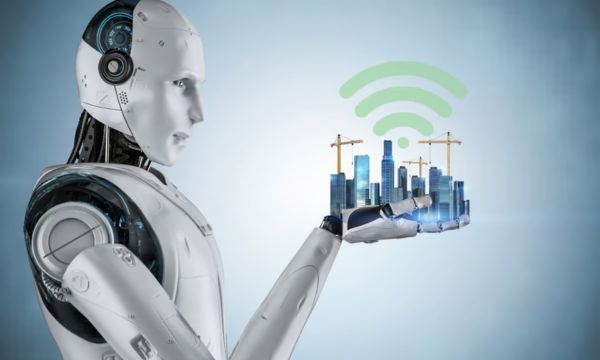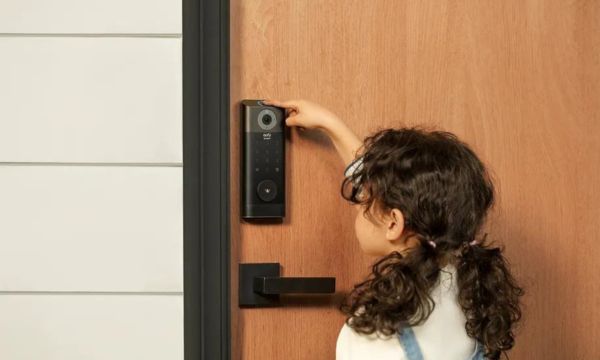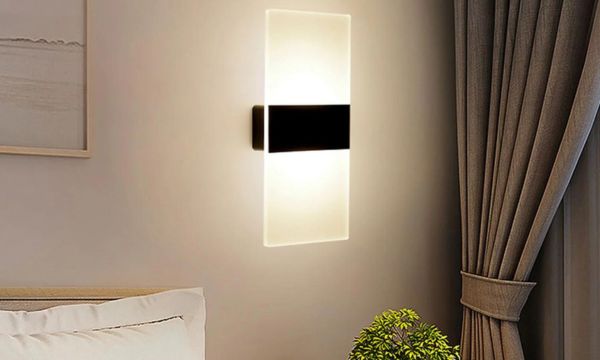Climate Control Revolution: Embracing the Future with Smart Thermostats
As new technologies change every aspect of our lives, smart thermostats have become an important part of changing the way we control our homes.
These smart gadgets don’t just regulate the temperature; They also save energy, make life easier, and are better for the environment.
This article discusses the features, benefits, and future trends of smart thermostats and shows how they can change the way we control the temperature in our homes.
1. Understanding Smart Thermostats:
Smart thermostats are updated versions of regular thermostats designed to give users more control and automation options.
Smart thermostats differ from older models because they have sensors, Wi-Fi, and smart algorithms that allow them to learn and change based on the user’s needs.
This advanced technology makes it possible to precisely control the temperature, save energy, and use remote control.
2. Important Things to Know About Smart Thermostats:
- Remote access: Smart thermostats allow users to control the temperature in their home remotely using an app on their smartphone. This feature not only makes things easier but also helps save energy by allowing users to change the temperature based on occupancy and weather.
- Learning algorithms: One of the great things about smart thermostats is that they learn how people use them. These devices find the best heating and cooling schedule based on occupancy, time of day, and temperature change patterns. In this way, they increase comfort and minimize energy consumption.
- Sensor technology: Smart thermostats can collect real-time information about their environment because they have many sensors, such as motion, humidity, and occupancy sensors. This information is then used to make informed choices, such as changing the temperature in a room when no one is around or finding the most comfortable humidity level.
- Connectivity with smart home ecosystems: Smart thermostats work well with well-known smart home systems such as Apple HomeKit, Google Assistant, and Amazon Alexa. This allows people to add climate control to a larger home automation plan, creating a smart home environment that is collaborative and connected.
3. Benefits of Smart Thermostats:
- Energy Efficiency: Smart thermostats are great at saving energy because they can change based on your needs. These devices can optimize heating and cooling by learning and predicting how people use them. This reduces energy waste and lowers electricity bills.
- Cost savings: Smart thermostats may cost more initially than a regular thermostat, but they are worth it because they will save you money on your energy bills over time. Some users say their heating and cooling costs have dropped up to 20% after adding a smart thermostat.
- Impact on the environment: With climate change becoming a major global problem, reducing your carbon footprint is important. Smart thermostats help solve this problem by encouraging people to use less energy, thereby reducing greenhouse gas pollution from too much energy.
- More comfort: Because the smart thermostat can be adjusted to personal preferences, the temperature in the car is always comfortable. These gadgets keep rooms at the right temperature, so people can better enjoy their living space, wherever they are.
4. Challenges and Considerations:
- Compatibility and installation: Most HVAC systems can be used with smart thermostats, but some older types may require additional components to connect. In addition, the installation process can be difficult for those unfamiliar with electrical wiring and technical settings.
- Privacy and data security: Smart thermostats, like all connected devices, raise concerns about their privacy and data security. Users should be careful when sharing personal information and ensure that their gadgets have strong security features to prevent others from gaining access.
- Initial costs: Some people may not buy smart thermostats because they are expensive up front, especially since regular thermostats are cheaper. But when calculating the total value of these devices, it is important to consider savings and long-term payback.
5. Future Trends and Innovations:
- Integration of Artificial Intelligence (AI): Adding Artificial Intelligence (AI) to smart heaters will make them even smarter. Advanced artificial intelligence systems can guess what users want, adapt to changing weather, and continuously find the best way to use energy to save the most money.
- Blockchain for energy trading: New trends show the opportunity to use blockchain technology to make it easier for people in the same community to trade energy. Smart thermostats can be of great importance in this autonomous energy system, as they allow people to buy and sell additional energy based on usage.
- Voice and gesture control: Smart thermostats could become even smarter in the future by adding advanced processing such as voice and gesture recognition. This allows people to use their devices more naturally, making the whole process easier.
- More connections with smart devices: As smart homes become more common, smart thermostats can be connected to other smart devices to form a collaborative environment. This connection can make energy management throughout the home smarter and more coordinated.

Embracing-the-Future-with-Smart-Thermostats (Source – Google)
Conclusion
Smart thermostats are more than just tools to change the temperature; they are a step towards making homes more environmentally friendly, energy-efficient, and connected.
These devices are at the forefront of the temperature control revolution because they can learn, change, and connect to the larger smart home ecosystem.
Despite some problems, new ideas and changes mean that smart thermostats will become an important part of future home comfort and energy savings.
As people become more concerned about the environment and technology, smart thermostats will become an important part of the modern home.
FAQs
1. How do you use a smart thermostat?
A smart thermostat is an advanced temperature control device that uses sensors, learning algorithms, and connectivity to make life at home more comfortable.
It can be controlled remotely, uses less energy, and works with smart home platforms.
2. How do smart thermostats work?
Smart thermostats have sensors that measure temperature, humidity, and the number of people in a room. Learning algorithms look at this information to figure out the user’s needs and create customized heating and cooling plans.
The gadget can be controlled remotely via an app on your smartphone and works together with other smart home gadgets.
3. What is the main reason to use a smart thermostat?
Smart thermostats can save energy costs, make homes more comfortable, and use less energy.
They can be changed based on how people use them so that heating and cooling plans are as efficient as possible.
People who use them often find that their energy bills drop and the internal temperature remains consistently warm.
4. Do all HVAC systems work with smart thermostats?
Most smart thermostats work with most HVAC systems, but not all. Some older systems may require additional components to connect.
It’s a good idea to check compatibility before purchasing, and you may want to consider having it installed by a professional if necessary.
5. How do smart thermostats help save energy?
Smart thermostats help save energy by understanding how people use them and adjusting heating and cooling plans to best suit them.
They can adjust the temperature based on the number of people in the building and the weather, reducing energy consumption and lowering electricity bills.
6. Are there privacy concerns with smart thermostats?
Smart thermostats raise concerns about data security and privacy, just like any other connected device.
Users should choose devices with strong security features, ensure the software is always up to date, and be careful about sharing personal data.
 Enhancing Security with Smart Doorbell Cameras
Enhancing Security with Smart Doorbell Cameras
In an era of constant technological advancement, smart products are becoming more and more common in our […]
More Illuminate Your Space: Motion Sensor Lights
Illuminate Your Space: Motion Sensor Lights
Motion sensor lights are one of the most useful and creative forms of modern lighting. They can […]
More Effortless Living: Smart Home Automation
Effortless Living: Smart Home Automation
The idea of a smart home was once just a dream from the distant future, but now […]
More